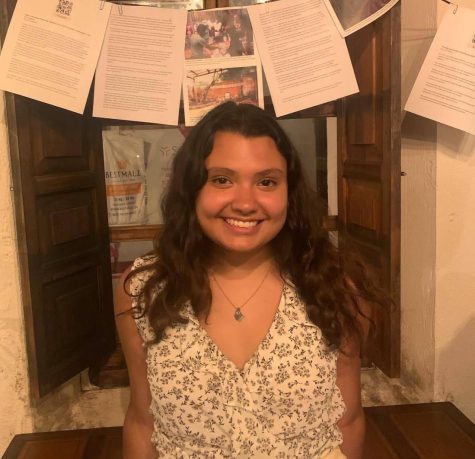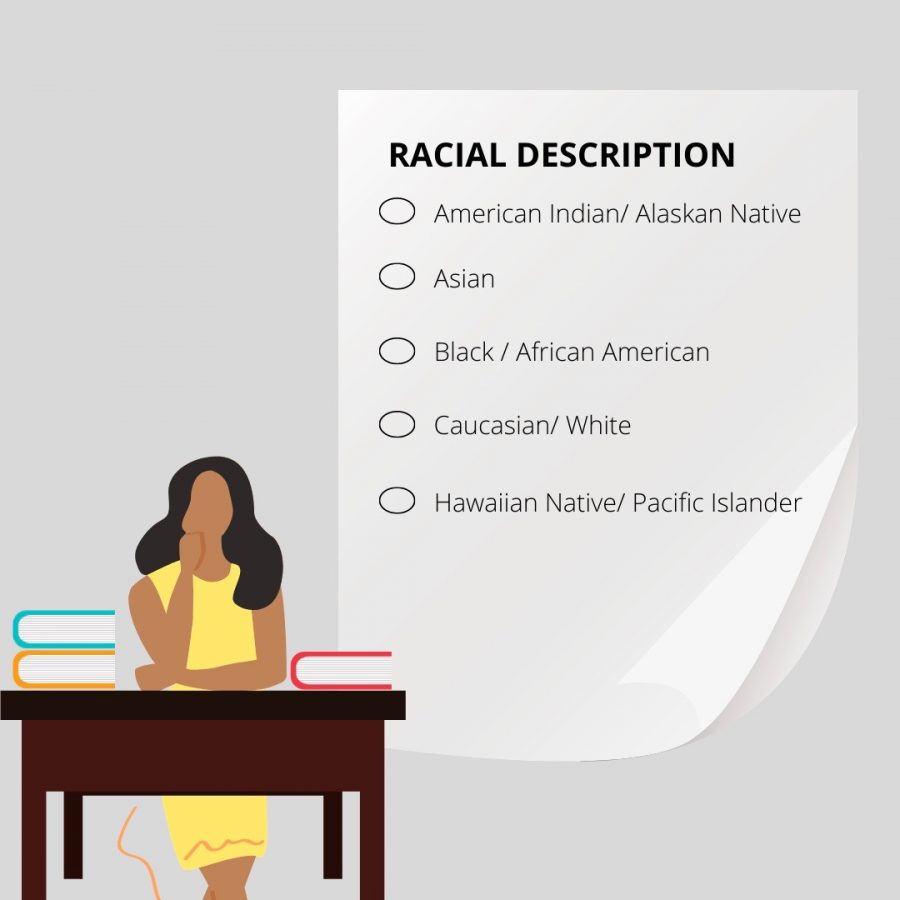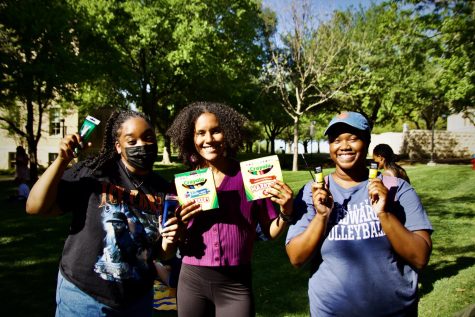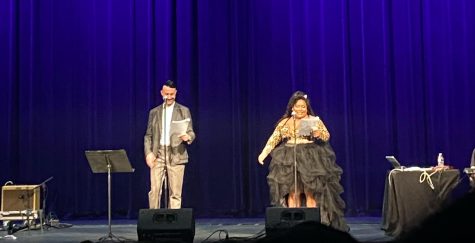When racial identity means everything, where do we belong?
60% of U.S. adults feel proud to have a multiracial background, according to Pew Research Center.
You just arrived at a summer orientation. The first ice-breaker covers ethnicity and race. Now imagine you’re one of the 3.7% multi-racial American citizens. The counselors ask you to find the spot in the field that represents you. There are spots titled “White,” “Black,” “Asian,” “Pacific Islander” and “Latino.” But you can only choose one spot. Everyone moves swiftly without hesitation or self-question. But not you. You and maybe one other kid stand in confusion, stumped.
In this day and age, sticking to your roots, embracing your culture and feeling strong about your racial identity seems to be at the forefront of every conversation. This is wonderful. More and more people are comfortable accepting others’ cultures and races.
But for the 3.7% of us that are multiracial, what exactly should we identify as?
I grew up attending a fairly wealthy Catholic school. Racially, it was an incredibly diverse school. Financially, not so much. About three other kids and I identified with the lower-to-middle class and the rest were, well, pretty rich. When I was younger, there was no doubt I was Mexican. My high cheek bones, thick, long, black hair and deep brown skin were a dead give away. The older I got, the less Mexican I looked. I began to yield more “what are you?” questions.
I recently met a coworker from Laredo, Texas, a city with a 95.5% Latino population. He’s full Mexican and grew up speaking Spanish. I, however, seldom heard Spanish around my house. He explained to me that when he was younger he never understood why some Mexicans did not speak Spanish. He simply thought it was because they were never interested in their culture. I always felt others would think this about me, and some did. However, I was never really sure why I didn’t fluently speak the language. I was engulfed in Mexican traditions growing up, but never heard the language enough to call it my own.
These were traditions like year-round ofrendas in my abuela, Momo’s room, and celebrating Christmas through the Epiphany with homemade tamales. Even after being immersed my whole life in rich, cultural traditions, I still failed to be completely fluent in my culture’s language.
My coworker then told me that some of his older mixed friends explained it wasn’t that they didn’t want to learn about the culture, but that there was a stigma around speaking the language in predominantly white communities. Then it clicked for me, and I thought to myself, “that’s exactly it.” After he told me that, I felt like I understood a question I thought I should have known the answer to before I was 19. Then I realized, I never had anyone growing up who could explain the intricacies and the beauty of belonging to more than one culture. Hearing from other mixed people now helps me identify myself when I feel there is no culture I can call my own.
To my father’s family, the Martinez side, I was always Mexican enough to be a Martinez. But my mind was hung up on the comments I’d get like, “you’re not a real Mexican,” or “you wouldn’t get it, you’re not really Mexican.” You start to feel you’re not enough for your own culture. But wait, can I even call it my own?
Switch over to the Italian side. While I’m close with my immediate Italian relatives, you would have no clue I was related to my family still living in Pittsburgh, where my Nonni and Papap’s parents arrived from Italy. My family down South, however, made sure to keep those traditions alive that are present every day up North. Each Christmas, and sometimes when we just feel like it, we make at least 90 pizzelles. And when eating Nonni’s red sauce, you can expect that deep red, meat sauce with spicy sausage, meatballs and braciole to simmer from the crack of dawn. When dinnertime rolled around, that sauce was served over a fresh batch of homemade pasta made just minutes before.
I never really identified as Italian to begin with, because I felt I didn’t “look the part.” When it came time to circle in the bubble on standardized tests stating my race and ethnicity, I would take about five minutes to understand which to fill. The options for race are “White, Black or African American, Asian, Hawaiin Native or Pacific Islander, American Indian or Alaskan Native.” I think of my two cultures and struggle to understand how I could be considered White. And everytime, after five minutes pass, I end up filling in that bubble next to “White,” hoping I understand who I am correctly.
I was 16 years old when I read my first book by a mixed author “The Color of Water: A Black Man’s Tribute to His White Mother” by James McBride. For once, I felt understood. I think of what McBride’s mother told him when he asked her if he was Black or White, “You are a human being. Educate yourself or you’ll be a nobody.”
To the girls and boys struggling to understand which bubble to fill in: I hope you are younger than 16 when you read a book about a mixed child. I want you to know, someone out there understands the frustration of not belonging or identifying with a race or ethnicity when it seems to be what empowers people the most. Let your multiple cultures inspire you everyday. Understand that your experiences, ideals and traditions come from many places, making your roots rich and deep.
I’m not sure who I am, but one thing I’ve come to learn is that even if I’m not Mexican or Italian enough, at the end of the day I am enough.

Nina Martinez is a senior at St. Edward’s University, earning her Bachelor’s in Writing and Rhetoric. Martinez has reported and edited for Hilltop...













JHilbert • Feb 6, 2021 at 4:39 pm
What a beautifully written article! So many people can benefit. I remember my oldest Nikki’s first day in high school
Where they marked her as Island Pacificer. She laughed and said if but helps me get a college scholarship I’m find with it
Deacon Gilbert J Rodriguez • Feb 6, 2021 at 8:00 am
Nina- this is wonderful article. Tia Betty shared this with me and I am so glad she did. What a special talent you have. I especially liked the quote the mom expressed about education being vital In order to be someone. Now I have a good way to help our grandchildren because they are in your same boat. Super job! May God continue to guide and bless all that you do. We love you!
Bendiciones,
DTGilbert